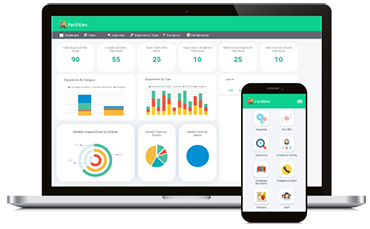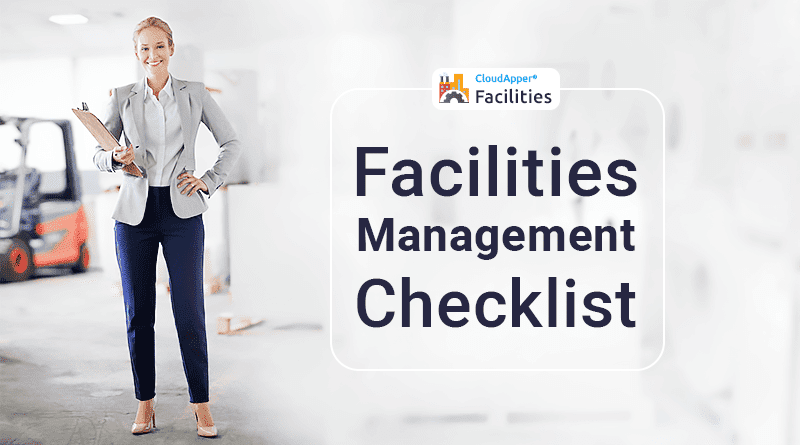Table of Contents
The future of data-driven building management is promising. Using these advances, it is possible to lower operating expenses while enhancing the tenant experience. One of the key challenges to realizing AI’s potential in the building industry is the technology’s adaptability. There are many real-world uses. Due to the broad application of the technology, instances of uncertainty regarding the capabilities of AI are common. The following use cases may be of interest to facility managers to apply in their structures:
1. Measuring and confirming energy use (M&V)
Since the measurement and verification (M&V) process automates several calculations, some of which can be very complicated (such as the performance modeling of a building), it serves as a great example of artificial intelligence. The same model can then be used to forecast energy use depending on variables such as the weather and occupancy. If sufficient data on the interaction between energy, weather, and occupancy are gathered, an accurate model can be used to estimate which factors are accessible if the others are. M&V can be used to compare energy usage before and after a retrofit, with the former being based on actual weather and occupancy data. The difference between actual and anticipated use is one of the most accurate indicators of energy savings (compared to looking at energy bills before and after the retrofit).
2. The management of energy use before or after the meter
Understanding the present energy demand is crucial for maintaining the stability of the power grid. Utilities must plan ahead for the demand for electricity and work to reduce the amount of excess power produced. Building managers avoid paying exorbitant demand fees by reducing their energy usage during peak times. Predictions about how the grid will operate are achievable when more data is available regarding electricity usage and the variables that affect it (such as weather and occupancy). By being aware of this, energy usage may be reduced, expenditures can be cut, and grid reliability can be increased.
3. Upgrade the ventilation, air conditioning, and heating system
Effective demand control requires understanding how various systems, like HVAC, operate. By creating a new demand peak in the summer, an office’s cooling requirements can determine whether or not it pays a hefty bill. Saving money can be achieved by using AI to pre-cool a space in the mornings before any scheduled meetings or events. When electricity prices are lower in the morning, the air conditioning in the building would automatically turns on and begin cooling the structure in preparation for the day. Additionally, if a building has already used a pre-cooling strategy, AI can improve the efficiency of subsequent pre-cooling efforts. The Google data center serves as an example of the possible cost savings that artificial intelligence applications may bring about.
4. Machine predictive analysis
The wealth of data from sophisticated building systems like chillers and boilers may confound facility managers. However, after being assessed by facility management software, patterns could appear. This evaluation may indicate that failure is imminent depending on the condition of the apparatus and some educated assumptions about its use (such as expected operating times). With better planning for upcoming maintenance, the facilities management team can reduce the possibility of unplanned downtime, raise cost predictability, and keep tenants comfortable.
5. Careful consideration of space planning
As more companies use open floor plans and other flexible organizational methods, there is a chance of a space shortage, especially during peak hours. According to CBRE, almost 40% of the space is unoccupied in the present market. While offering less space is rarely a problem for renters, it can be very costly for building owners and managers. An excessive occupancy increase or space reduction could increase these expenditures and result in a bad work environment. It is now possible to predict changing demand thanks to the development of indoor space sensors, which is helpful for both the design of new open workplaces and general facility administration. AI can estimate occupancy and offer suggestions for handling potential issues using the data gathered by these space sensors.
6. Arrange your future cleaning needs in advance
Most of the time, cleaning firms take care of routine maintenance for all public spaces. This strategy, based on schedules, works effectively for locations that are often frequented. However, some places will inevitably have more traffic than others, even though allowing people more discretion in how they use a space may result in a more even distribution of activity. Areas can only be scheduled for cleaning when they are filthy. Although the current cleaning plan may be reliant on occupancy sensors, AI has the potential to forecast cleaning requirements and even generate a timetable that service providers can follow. The Edge in Amsterdam is already moving in this direction by giving custodial personnel information about use in particular locations, enabling them to plan activities according to conditions. This data-driven approach to a traditional business is particularly tempting in real estate, where the physical location is still at the core of the offering. Additionally, AI can boost the effectiveness of the supply chain by automatically arranging orders for a variety of office products in response to past and anticipated usage patterns.
7. Security & Safety
Many business establishments place a high focus on making significant investments in the safety of their employees’ work areas. Although many AI security applications are still in their infancy, they are increasing. For example, some brand-new companies are replacing more conventional access control strategies like key cards with biometric identity.
Future building management and utilization are anticipated to be significantly influenced by artificial intelligence (AI). The long-term benefits will be significant, even though it might take some time for this technology to be widely used in structures. However, getting here is dangerous. Building managers should educate themselves on the potential advantages of artificial intelligence (AI) and consider how it might be used to address specific issues. Although artificial intelligence (AI) is frequently touted as the solution to all problems, there are real opportunities for improving facilities management.
What is CloudApper AI Platform?
CloudApper AI is an advanced platform that enables organizations to integrate AI into their existing enterprise systems effortlessly, without the need for technical expertise, costly development, or upgrading the underlying infrastructure. By transforming legacy systems into AI-capable solutions, CloudApper allows companies to harness the power of Generative AI quickly and efficiently. This approach has been successfully implemented with leading systems like UKG, Workday, Oracle, Paradox, Amazon AWS Bedrock and can be applied across various industries, helping businesses enhance productivity, automate processes, and gain deeper insights without the usual complexities. With CloudApper AI, you can start experiencing the transformative benefits of AI today. Learn More


















